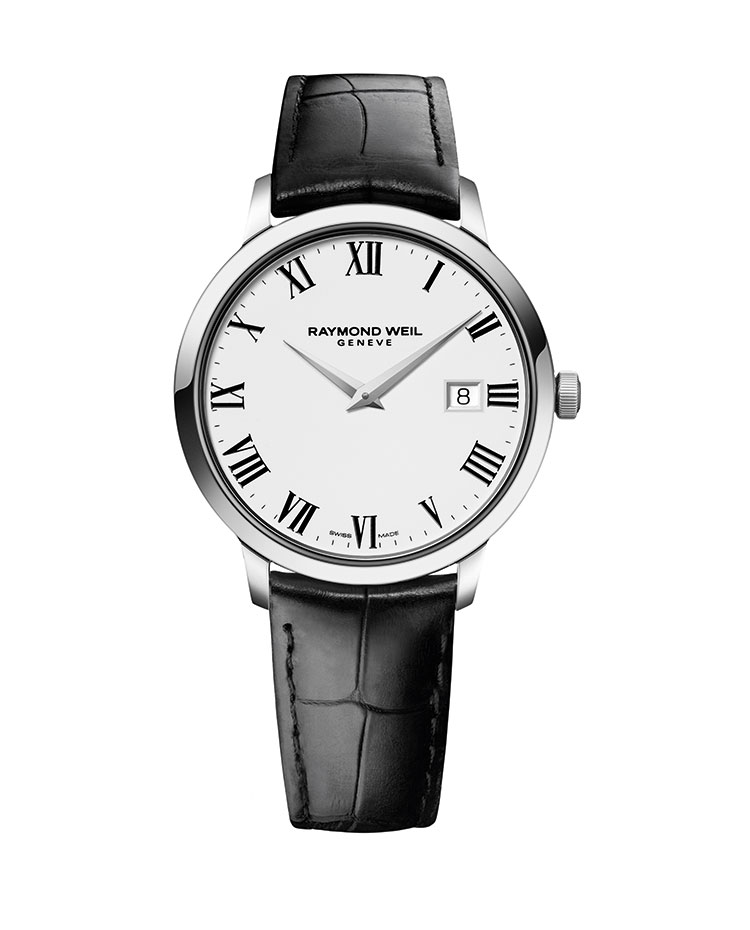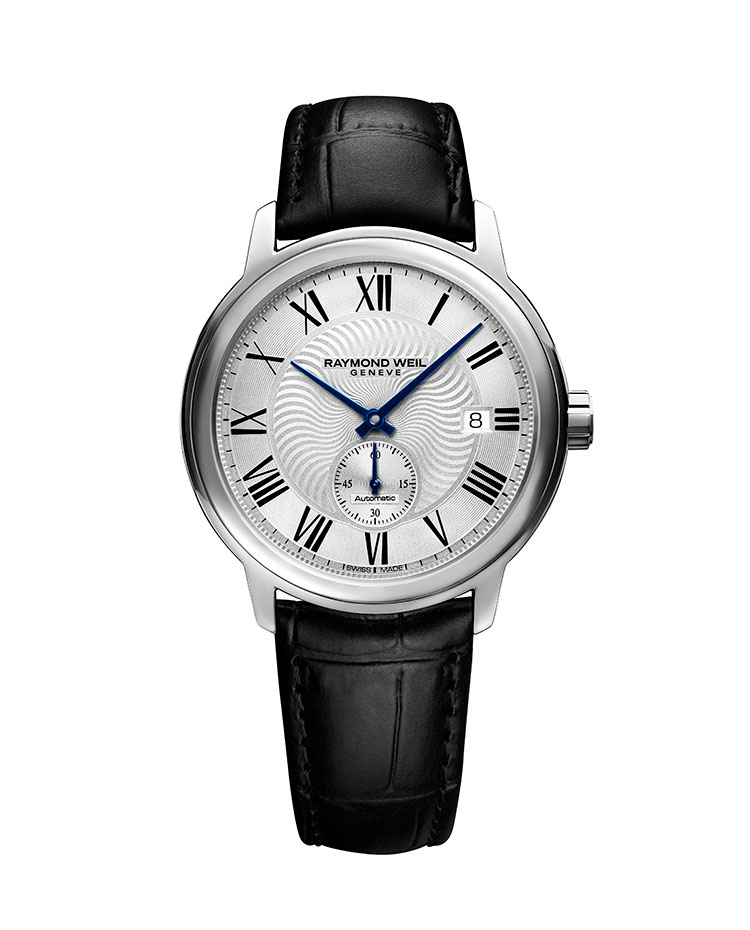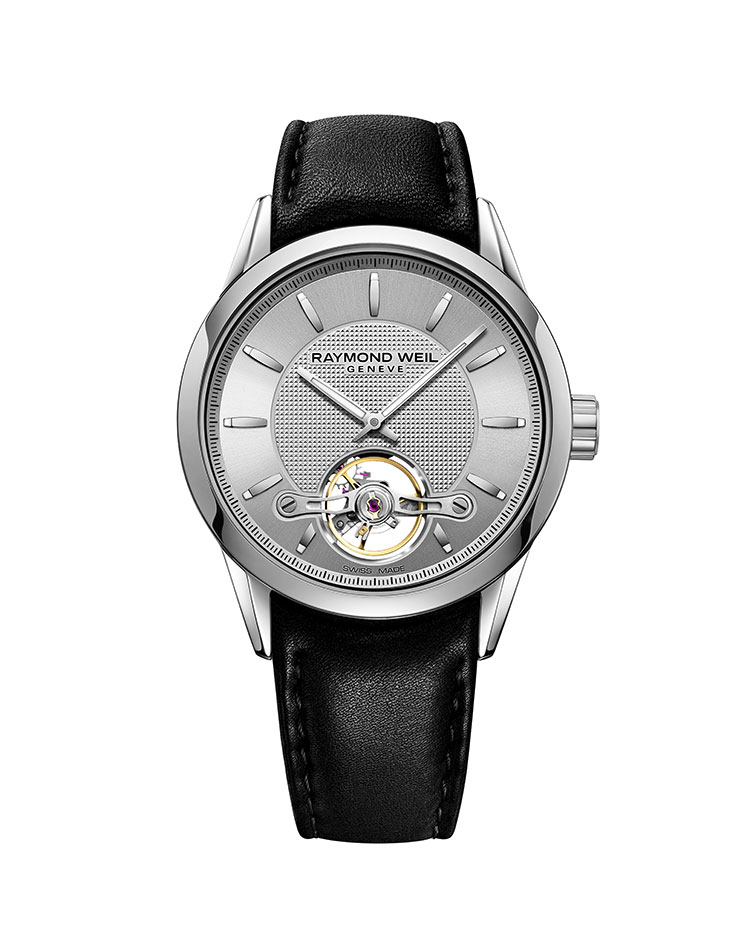The Unique History of Raymond Weil Watches
Raymond Weil watches came about during the Quartz Crisis, a time of great uncertainty for the Swiss watch industry. However, by deftly blending together the tradition of watchmaking and the modern technology, Raymond Weil has left its indelible mark on the watch industry. Here, we explore the fascinating history of Raymond Weil watches.
Setting the Scene: The Quartz Crisis
Before we can delve into the origins of Raymond Weil, we need to understand the precarious situation the Swiss industry was in before and during the infamous Quartz Crisis.
Throughout the 1960s and 1970s, a handful of international watch brands started introducing battery-powered watches, including the Bulova Accutron (1960), the Seiko Astron (1969), and the Hamilton Watch Company Pulsar (1970). While these innovative watches were met with some fanfare, it was the Japanese watch brand Seiko that took the biggest bite out of the previously unrivaled Swiss watch industry.
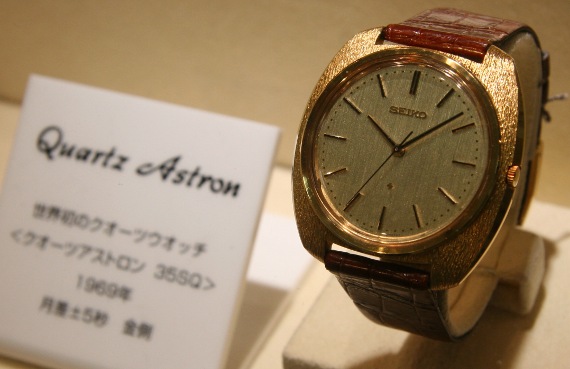
Seiko Astron from 1969, Image via A Blog to Watch
Throughout the decade, Seiko systematically converted its facilities to support its quartz technology by retraining staff, partnering with vendors for batteries and circuits, and buying up equipment to automate and scale production. By 1977, Seiko had built itself into the largest watch brand in the world in terms of revenue. Seiko dominated the market, thanks in large part to its split between analog and digital quartz watches, hedging out its competition from both sides.
So, Seiko has the lion’s share of the market’s revenue and the traditional Swiss brands are finally coming around to the harsh reality that their floundering industry is in dire need of restructuring. And it’s in the midst of this incredible industry turmoil and uncertainty that Raymond Weil launched his breakthrough brand.
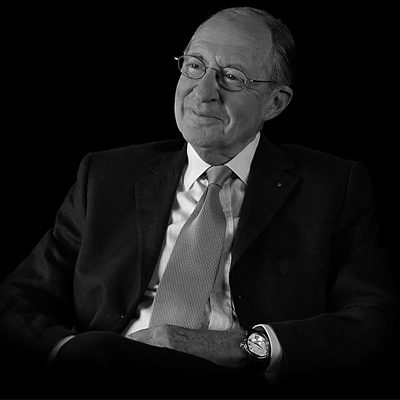 The Origins of Raymond Weil
The Origins of Raymond Weil
Raymond Weil founded his namesake brand in 1976 and was wisely ahead of the Swiss watchmaking curve. Born in 1926 in Geneva, Weil cut his teeth working at the Camy Watch Company, which he joined in 1949. He became the company’s general manager and remained with the brand for 27 years. Then, at the age of 50, Weil left Camy Watch and boldly struck out on his own at the height of the Quartz Crisis.
But Weil took a totally novel approach to compete in this tumultuous arena. While his competitors either hopped on the bandwagon of cheap quartz watches or tried to hold out with their traditional watchmaking techniques, Raymond Weil introduced and effectively marketed the “entry-level luxury watch.”
Raymond Weil’s watches were (and most still are) powered by quartz crystals but leaned into the cachet of “Swiss-made” watches and incorporated the classic designs and touches of a traditional Swiss watch. This unique approach was a breakthrough at a crucial time in the industry’s history, appealing to both new and seasoned collectors. Alongside the Swatch Group, Raymond Weil is largely credited with sustaining the Swiss watchmaking industry until its mechanical renaissance in the 1980s.
Today, the brand Raymond Weil remains one of the last remaining independent, family-run Swiss brands. With the third generation of the Weil-Bernheim family at the helm, Raymond Weil holds steadfast to its identity that was built around such a cutting-edge approach: gracefully designed, Swiss-made watches at an affordable price point.



